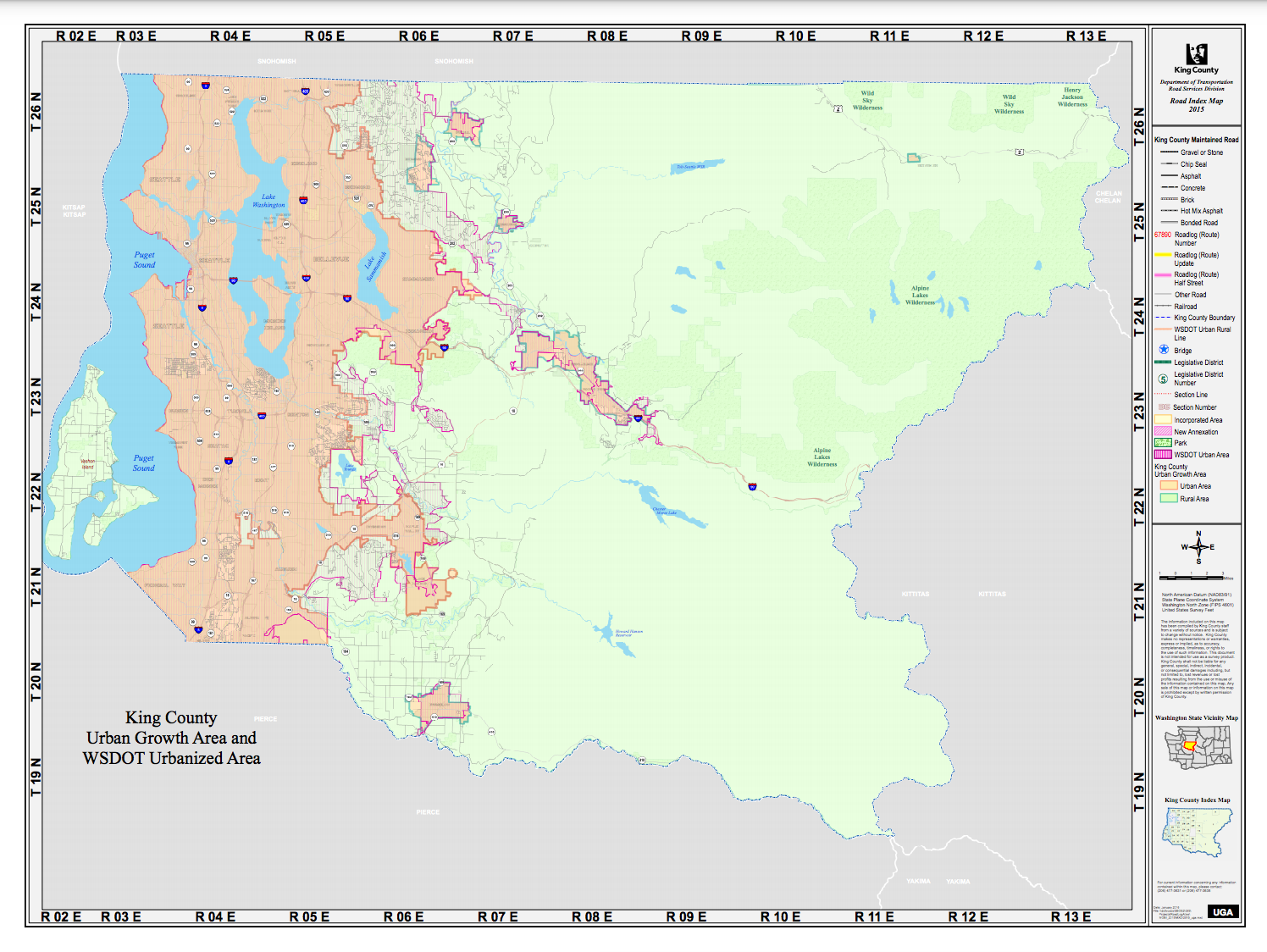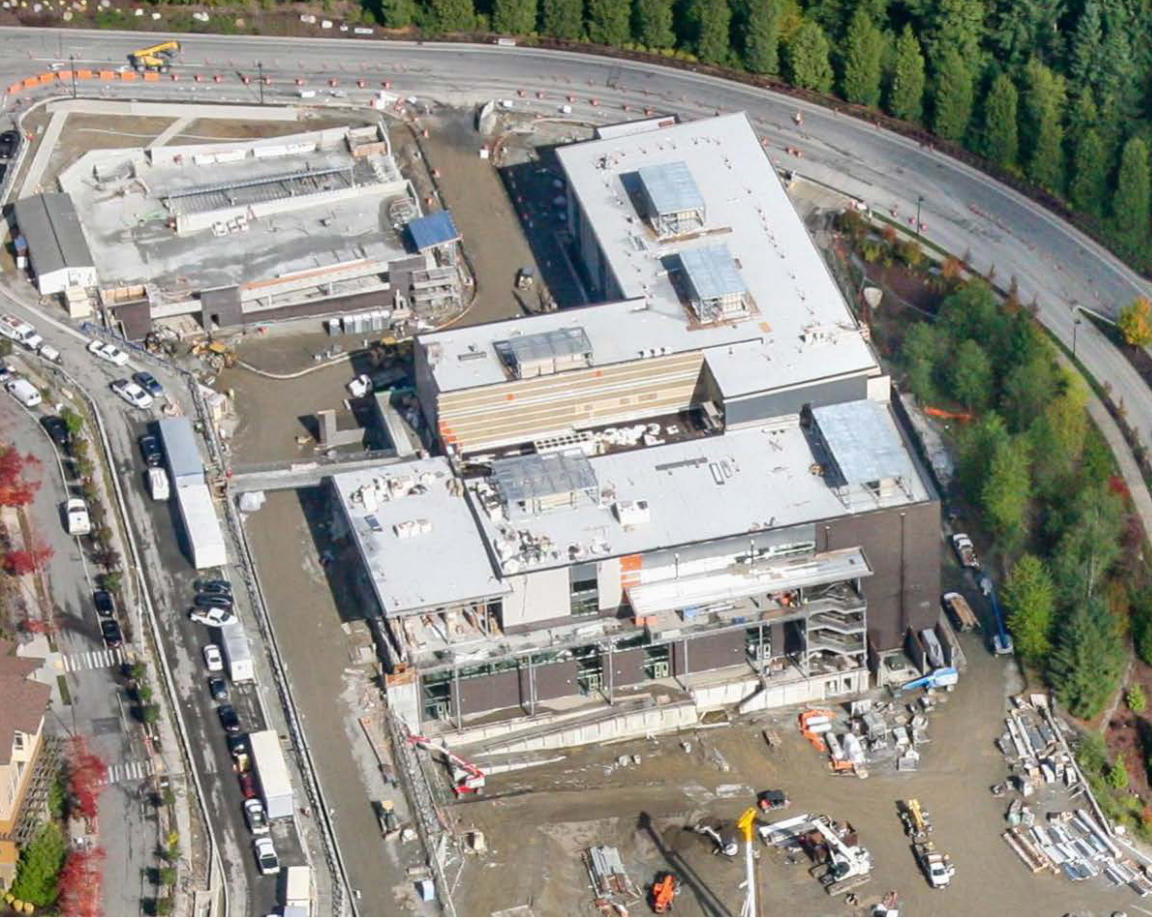Why is it so challenging to find property for new schools?
Two constraints, in particular, are making it harder and harder to find suitable and available land for new schools within the Issaquah School District.
First, all new schools must be built within urban areas. King County in 2012 decreed that new-school construction must fall inside its urban-growth boundary, a boundary created as part of the Growth Management Act to prevent city sprawl.
Prior to that, ISD was able to search for property in more rural areas, where undeveloped land is: a) more abundant, b) a better value for taxpayers, and c) still close to the students that future schools would serve.
In fact, ISD had proactively purchased an ideal piece of property in the May Valley area in anticipation of building a new elementary and middle school, and that piece of land was rendered off-limits to us when King County changed its regulations.
The Urban Growth Boundary Map
The Urban Growth Boundary map shows the areas now designated rural or urban within King County. In some instances, the boundary line seems somewhat arbitrary for designating where a school should or should not be built; for instance, Pacific Cascade Middle School is outside the Urban Growth Boundary by way of falling on the wrong side of Issaquah-Fall City Road—luckily it was built before the new regulations went into effect!
Second, the Urban Growth Boundary line has been tightly drawn around existing developed areas, and available land is becoming even scarcer as growth is funneled there. In our highly desirable eastside neighborhoods, pieces of land large enough to site schools are almost non-existent and hard-fought for by housing developers.
Land size requirements for Schools
At a minimum, an elementary school requires about five acres of land while a high school requires about 20. School sites must also be relatively close to the children they will serve (creating a natural neighborhood-school boundary) and have adequate and safe access for buses. Unfortunately, there are no For Sale signs on any such pieces of property so we must continually be on the search for real estate, looking high and low for feasible sites. As you can guess, the same conditions that create the need for a school in a certain area (growth) also compound the challenges for locating property.
Acquiring a site large enough for a school often requires strategies with legal action and lengthy timeframes. We usually must assemble a number of adjacent properties, which is a complex real estate negation. As a last resort, we might have to exercise eminent domain option, which allows us to expropriate private property for public use with fair-market compensation to the owner.
Code requirements & planning for future schools
Acquiring a site large enough for a school often requires strategies with legal action and lengthy timeframes. We usually must assemble a number of adjacent properties, which is a complex real estate negation. As a last resort, we might have to exercise eminent domain option, which allows us to expropriate private property for public use with fair-market compensation to the owner.
As mandated by Washington state code, we also work together with our city partners to plan for sufficient school facilities for development and “prepare a prioritized list of lands necessary” for schools. For instance, the City of Issaquah in September 2017 passed code amendments for “compact schools” to create school-design standards that reduce land requirements.



